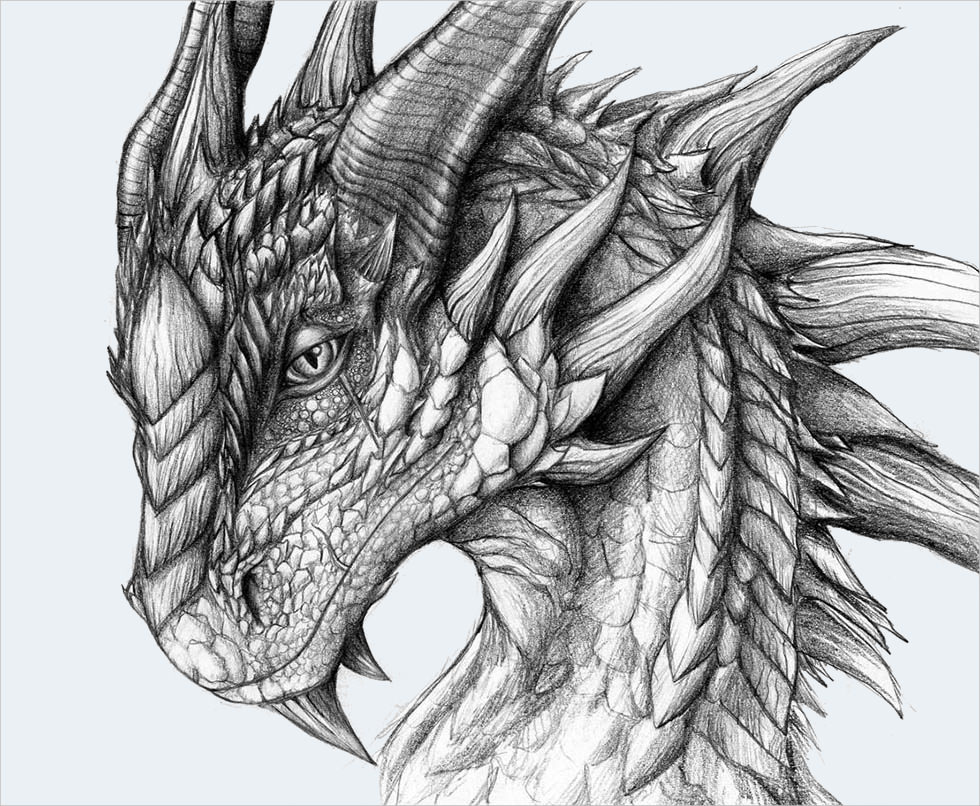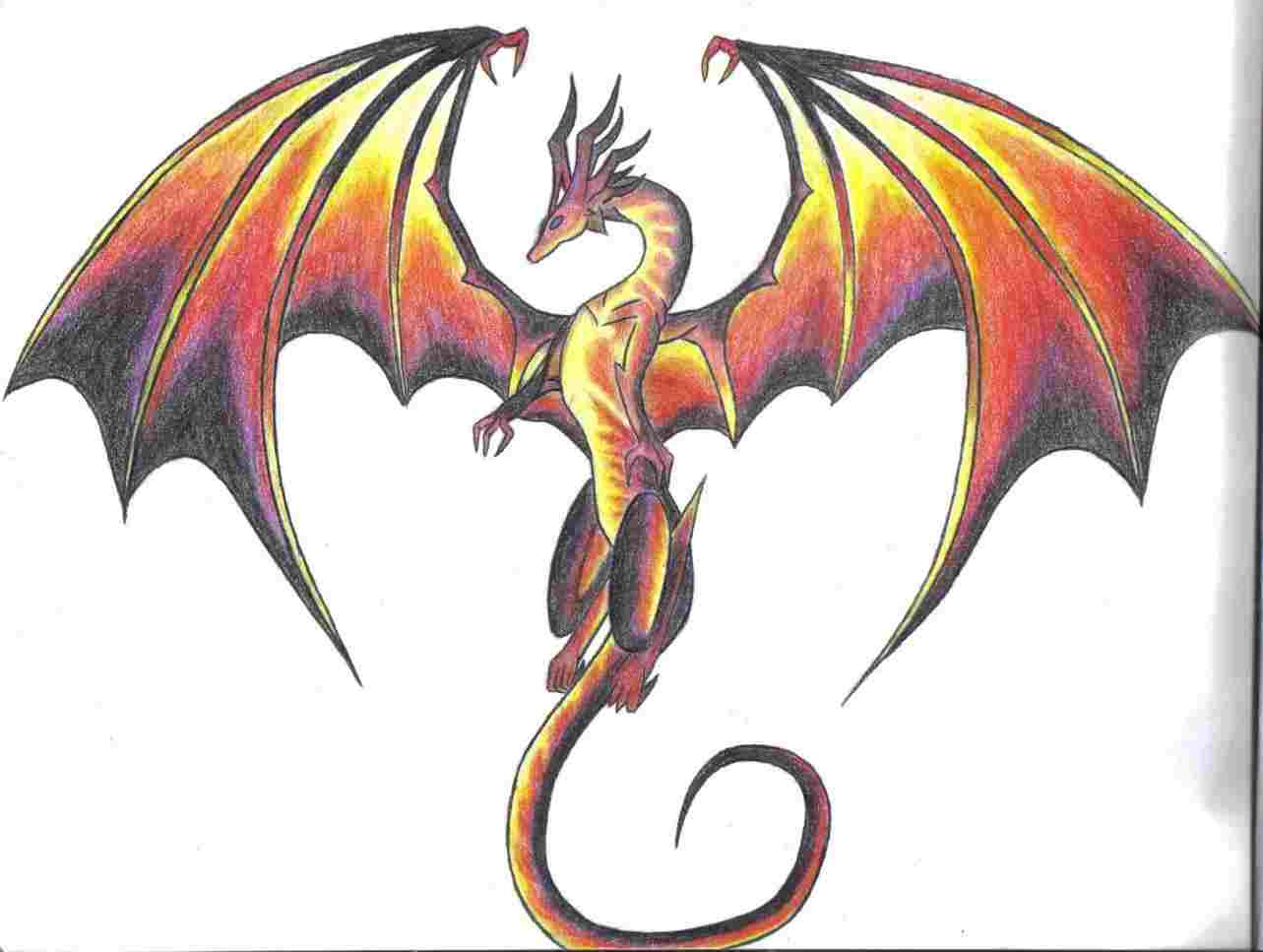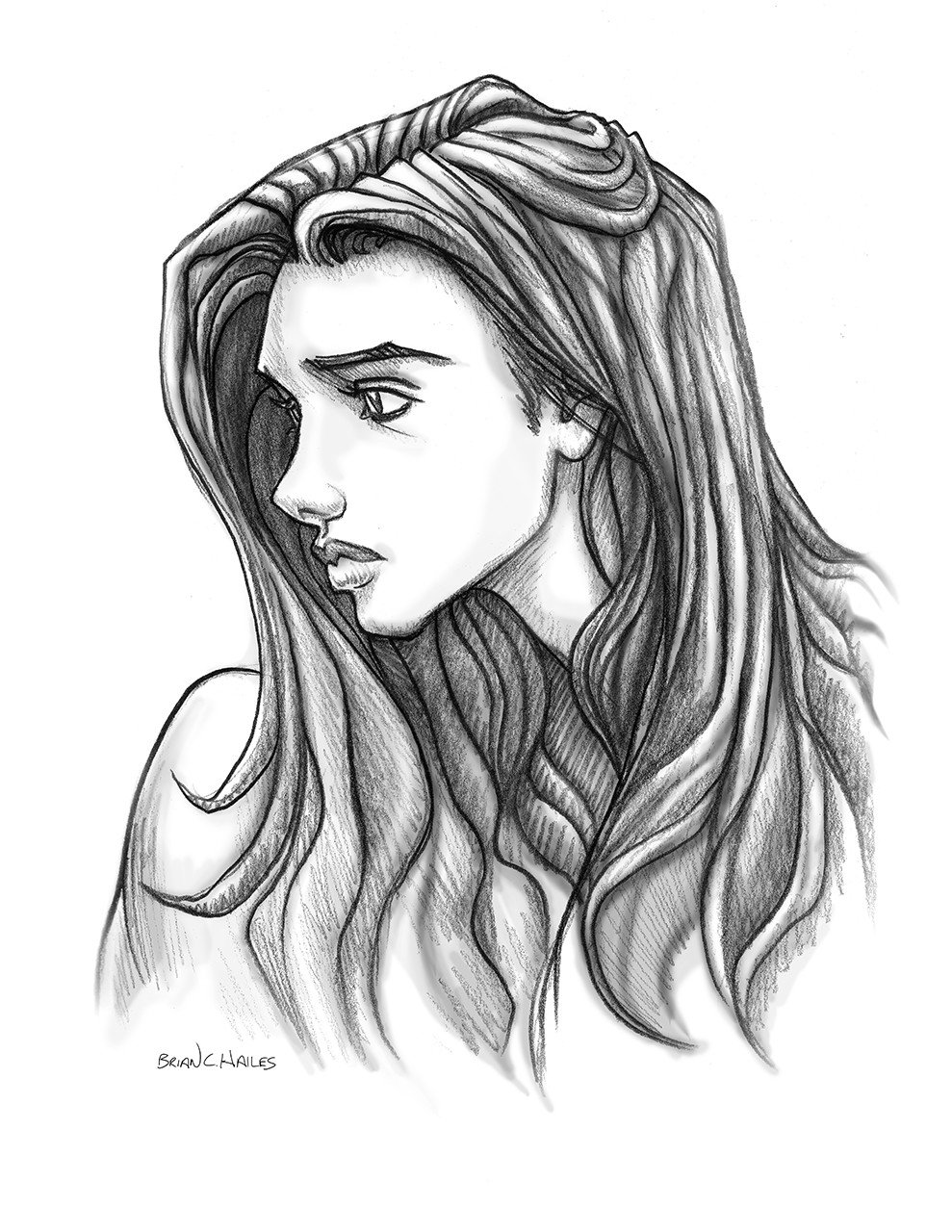Dragon body drawing
Table of Contents
Table of Contents
Dragons have been captivating people’s imagination for centuries. They are powerful, majestic creatures that have been depicted in various art forms throughout history. One of the most popular ways to showcase these fantastic animals is through drawing them. Drawing a realistic dragon body may seem daunting at first, but with patience and practice, anyone can do it. In this blog post, we will cover how to draw a realistic dragon body in easy-to-follow steps.
Pain Points
For many people, drawing a dragon body may seem like a complex and challenging task. Coming up with the right proportions and details that make the creature look believable and realistic can be overwhelming. Also, getting certain parts like the wings and legs in the correct positions can be frustrating. But don’t worry, with some guidance and tips, drawing a realistic dragon body can be a fun and satisfying experience.
Answering the Target
The first step in drawing a realistic dragon body is determining the pose and position of the creature. Start by sketching some basic shapes, like circles for the head and body and ovals for the wings and legs. Play around with the composition until you are happy with it. Once you have a rough outline, it is time to add the details, such as muscles, scales, and texture. Take your time and be patient with this stage; it will make a massive difference in the final result.
Summary of Main Points
In summary, to draw a realistic dragon body, you need to start with basic shapes and then build upon them. Pay attention to details such as muscles and textures, which will create a believable final product. Additionally, using references and practicing regularly can help improve your skills and make the process smoother.
Proportions and Pose
When drawing a dragon body, getting the proportions and pose right can make a huge difference. One useful tip is to use reference images to better understand how the creature is built. It can also help to think of the dragon as a mix of animals, such as a reptile, bird, and maybe even a feline. Start with sketching the head and body, making sure they are in balance. Then add the legs, and finally, sketch the wings in the desired position. When sketching the wings, it is essential to consider the perspective and how they will attach to the body.
 Details and Texture
Details and Texture
Adding details and texture to the dragon body is where it can come to life. Start with adding the scales, making them smaller in the areas where there are bending, like the knees and elbows. Consider the direction and pattern of the scales to make the dragon look more believable. When adding muscles, remember that they will be bigger around the joints and thinner in the middle. The skin on the dragon can also be thicker and darker on the back and lighter on the belly. Finally, think about the texture of the skin, with wrinkles around the joints, scars, and maybe even some missing scales portraying the dragon’s life and battles.
 ### Adding Depth and Perspective
### Adding Depth and Perspective
Adding depth and perspective to the dragon body is essential in making it look three-dimensional. Use shading to create shadows and highlights, giving volume to the shapes. Think about where the light is coming from and make sure that it is consistent throughout the dragon’s body. Use cross-hatching and stippling techniques to create the appearance of texture, like in the scales and skin of the creature.
 Common Mistakes to Avoid
Common Mistakes to Avoid
When drawing a realistic dragon body, there are a few mistakes commonly made that can detract from the final result. One of the most common is making the dragon too symmetrical. Remember that the body is not perfectly even and that the dragon is a living creature. Another mistake is forgetting about the dragon’s weight, leading to awkward poses that look unnatural. Finally, rushing through the details can create an incomplete look and less believable body.
Question and Answer
Q: What materials are the best to use when drawing a realistic dragon body?
A: There are many options for the materials to use when drawing a realistic dragon body, but the most common are pencils, charcoal, and ink.
Q: Can I use a reference for my dragon body drawing?
A: Absolutely! Using a reference image can help you understand how the creature should look and is an excellent way to improve your skills.
Q: How long does it take to draw a realistic dragon body?
A: The time it takes to draw a realistic dragon body varies depending on skill level, detail, and time spent on the process. With practice, the timing can shorten considerably, and the end result can be more believable.
Q: Should I outline the body before adding details?
A: Outlining the dragon body can help create the shape and position of the creature. However, it is essential to do it lightly, as you will want to erase it once you start adding details.
Conclusion of How to Draw a Realistic Dragon Body
With these tips and tricks, you are now armed with the knowledge to tackle drawing a realistic dragon body. Remember to take your time, utilize reference images, and put in the practice to improve your skills. Don’t be discouraged by mistakes and keep pushing yourself to create creatures that will captivate anyone’s imagination.
Gallery
21+ Realistic Dragon Drawings | Free & Premium Creatives

Photo Credit by: bing.com / fierce
How To Draw A Dragon Body, Step By Step, Drawing Guide, By Dawn - DragoArt

Photo Credit by: bing.com / dragoart
Dragon Body Drawing | Free Download On ClipArtMag

Photo Credit by: bing.com / dragon body drawing easy clipartmag
40+ Best Collections Pencil Full Body Dragon Drawing Easy - Karon C. Shade

Photo Credit by: bing.com / karon
Pin On Drawings

Photo Credit by: bing.com / dragon dragoart unpoquitodetodo sombras





